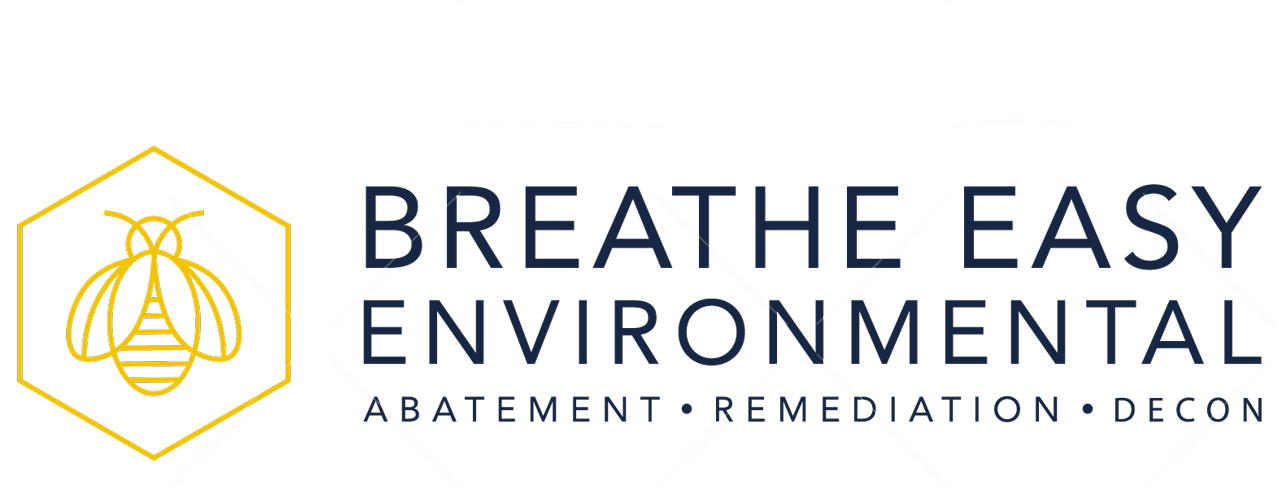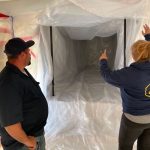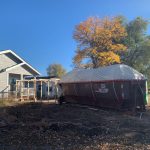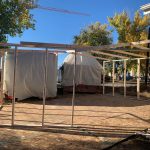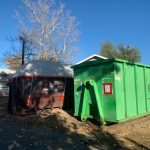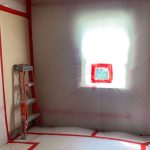Asbestos
Asbestos
Asbestos is a silicate mineral that was commonly used in construction from the early 1940s through the 1970s due to its highly effective and inexpensive fire-retardant material and thermal properties. It was used primarily in insulating and building materials, including ceilings, flooring, concrete, textiles, pipe insulation and duct wrapping, drywall compound, roofing materials, and more.
Unfortunately, it was later discovered that when asbestos fibers are disturbed and become airborne, they may be inhaled, allowing asbestos fibers to lodge themselves in lung tissue. This can cause extremely serious and often fatal diseases such as lung cancer, asbestosis (a lung disease marked by severe fibrosis), and mesothelioma (a type of cancer that occurs in the layer of tissue that covers internal organs).
In addition to inhalation of dust fibers, one can also be exposed to asbestos by drinking water that is contaminated due to flowing through asbestos cement water pipes.
In 1989, the Environmental Protection Agency (EPA) banned all new uses of asbestos. However, many homes and buildings constructed during the asbestos era still have asbestos products throughout.
Do you have asbestos in your home or building?
In building products, asbestos is not easily identified by sight alone. It is sometimes possible to see asbestos fibers embedded in damaged asbestos-containing materials, where the fibers look like fuzzy pieces of fraying fabric. However, not all fibers contain asbestos, and the only way to truly know is to hire an expert who can conduct testing.
In building products, asbestos is not easily identified by sight alone. It is sometimes possible to see asbestos fibers embedded in damaged asbestos-containing materials, where the fibers look like fuzzy pieces of fraying fabric. However, not all fibers contain asbestos, and the only way to truly know is to hire an expert who can conduct testing.
Once identified, asbestos must be professionally remediated to prevent the breakdown the fibers, resulting dangerous dust. Breathe Easy Environmental can help identify whether your home or building has asbestos, and our certified, skilled team can safely rid your home or building of asbestos.
What does asbestos remediation entail?
The remediation team will develop and follow a plan for how the area will be treated, including the preparation and cleanup process. This includes strict adherence to all local, state, and federal laws. The plan includes:
- Proper demarcation: We clearly mark the hazardous area and prevent occupants from entering the area until completion and clearance testing is performed.
- Prepping the work area: Air ducts are sealed, the HVAC system is disabled, and other areas are securely sealed off with plastic sheets and treated with air filtration.
- Removing material: Our highly trained specialists wear protective clothing and respirators to protect themselves and use hand tools and wet methods to remove (or repair) asbestos components. Removed asbestos is placed into waste disposal bags, sealed, and removed through a decontamination unit designed with a protective lining.
- HEPA (High-Efficiency Particulate Air) vacuuming: Our teams use special HEPA filtration vacuums specifically designed for asbestos removal to minimize dispersing of asbestos fibers during the work and for cleaning of surfaces.
- Final cleaning: After all asbestos in the work area has been removed (or repaired) and all work area surfaces have been fully cleaned with wet methods and HEPA vacuuming, we conduct an inspection and clearance air sampling pursuant to state and federal requirements. Work area barriers and air filtration are not removed until the clearance testing is complete, and the work area meets clearance criteria.
- Post-cleanup: After clearance criteria is achieved, our team removes the work area containment barriers and recleans the work area using the HEPA vacuum unit once again. You will receive a final report outlining waste shipment records, permits, site logs, and copies of all licensing, as well as copies of inspection results and laboratory analysis. (These records must be kept for compliance with environmental regulations).
In building products, asbestos is not easily identified by sight alone. It is sometimes possible to see asbestos fibers embedded in damaged asbestos-containing materials, where the fibers look like fuzzy pieces of fraying fabric. However, not all fibers contain asbestos, and the only way to truly know is to hire an expert who can conduct testing.
Once identified, asbestos must be professionally remediated to prevent the breakdown the fibers, resulting dangerous dust. Breathe Easy Environmental can help identify whether your home or building has asbestos, and our certified, skilled team can safely rid your home or building of asbestos.
Working with Breathe Easy Environmental
If you suspect asbestos in your Colorado home or building, call Breathe Easy Environmental for a free inspection and cost estimate for remediation. Our asbestos specialists will be happy to answer your questions and walk you through the process.
Insurance doesn’t typically cover the removal of pollutants such as asbestos, but if the asbestos is released into your home due to a covered loss, some insurance companies may cover removal and remediation.
